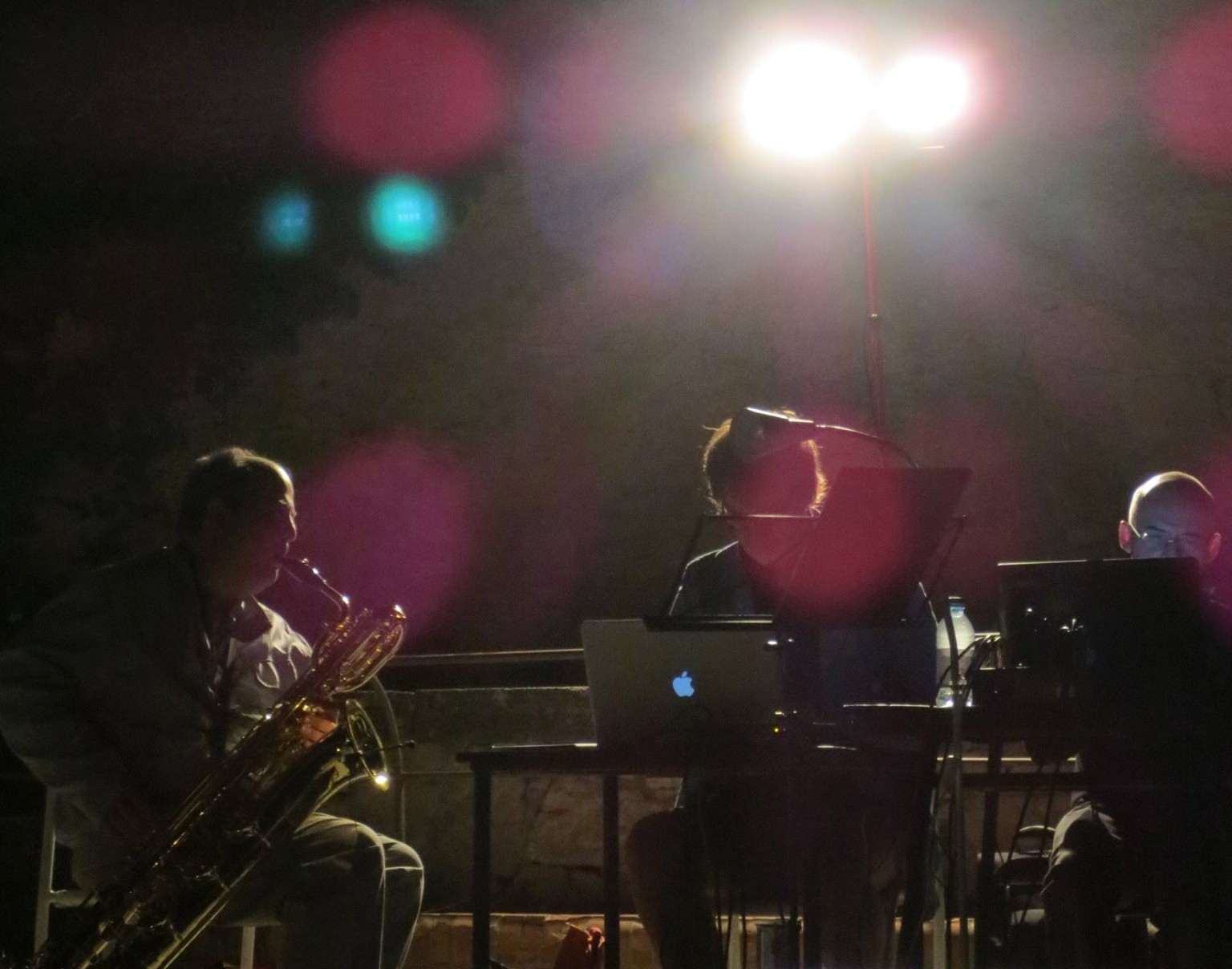Tag: slippery chicken
-
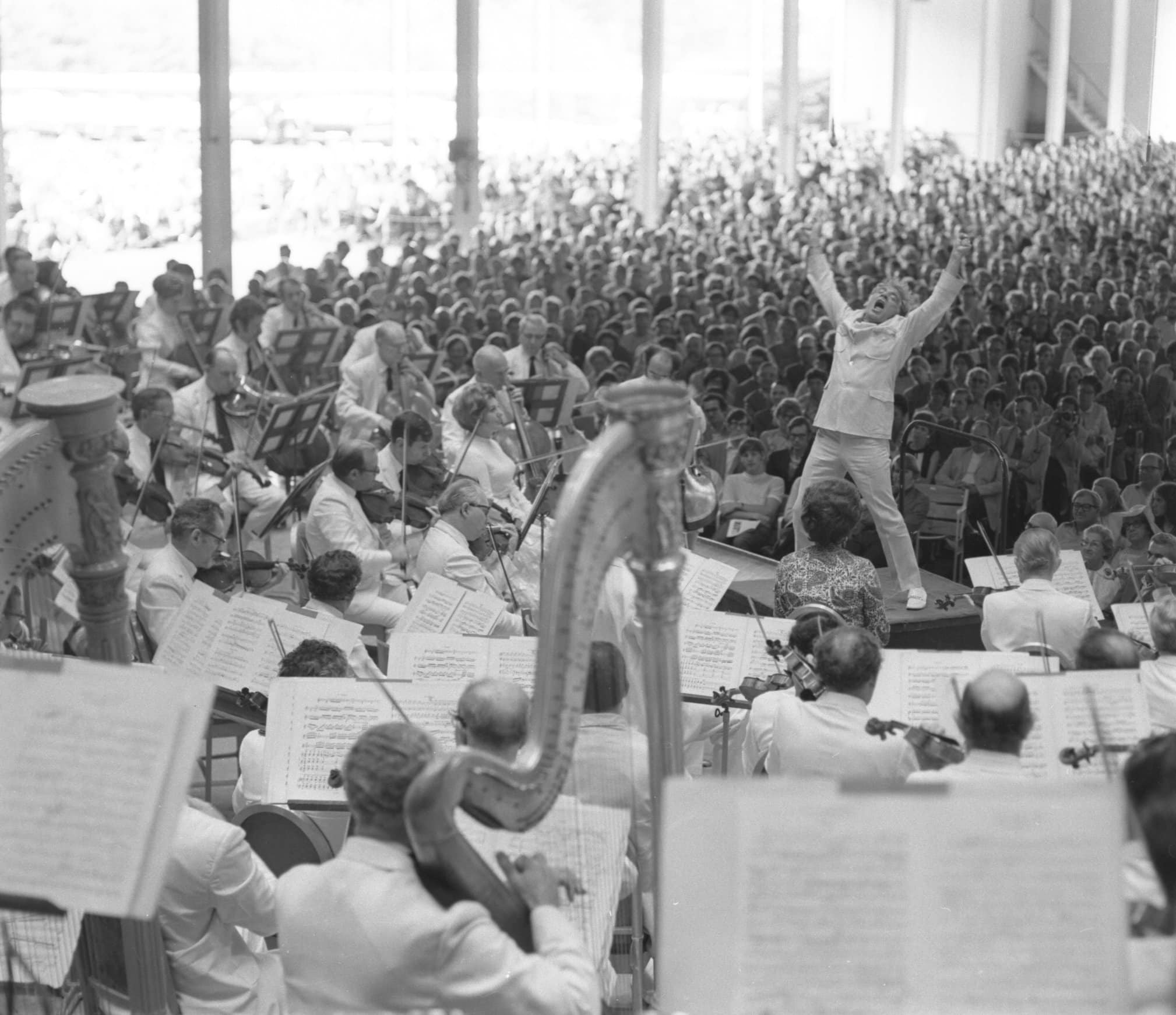
What’s the difference between music as art and music as entertainment or decoration?
There is a clear relation in this question to an earlier post which offers a definition of art. I posed the question to myself in this form after listening to the results of algorithms I am developing using Wolfram Codes 1 for rhythm generation. I will not even attempt to offer a lengthy, philosophically-rounded answer…
-
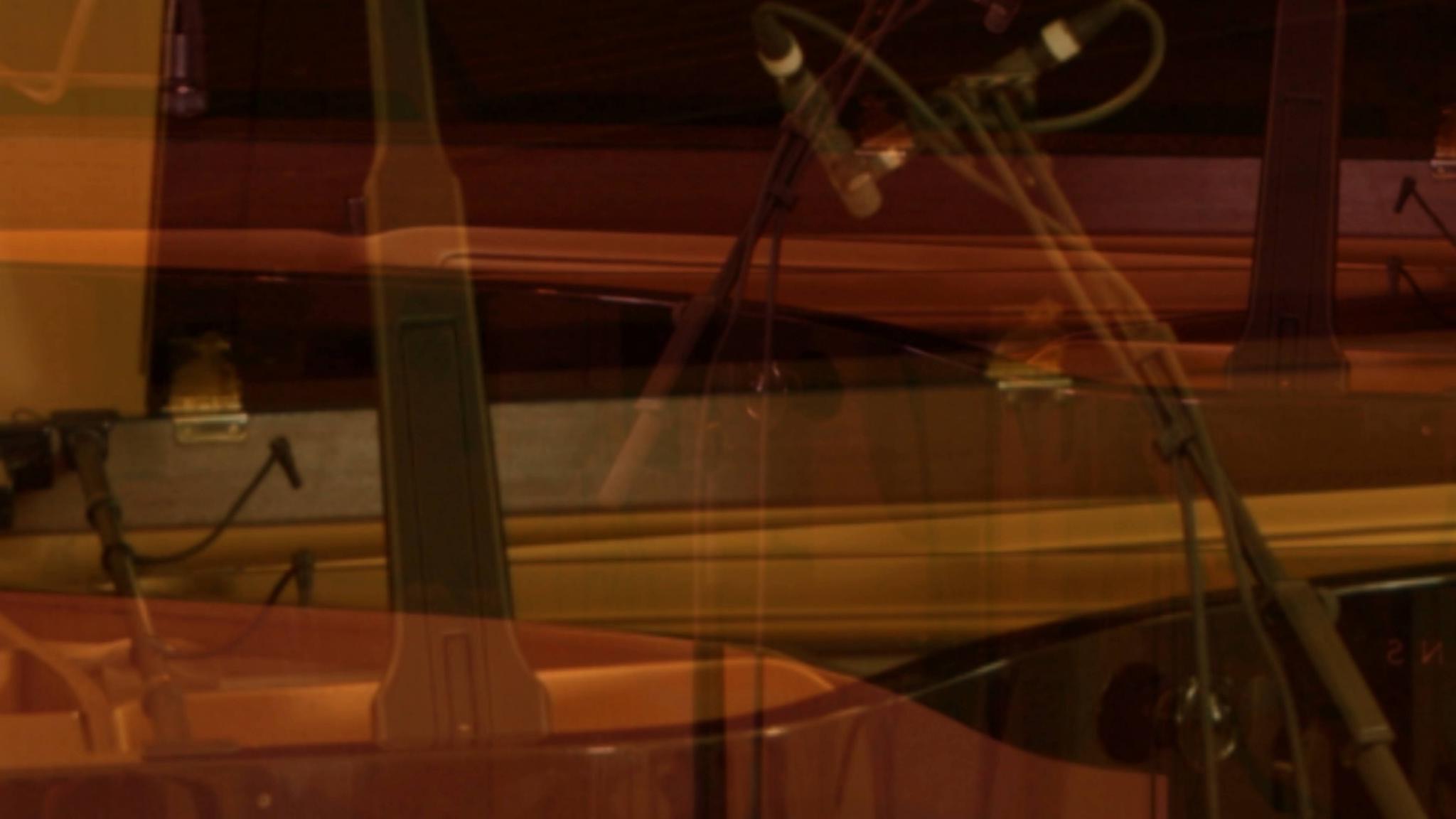
making sense of: recording
On July 20th 2023, with the help of Jorge Vallejo, Karin Schistek and I recorded my solo piano piece making sense of at the Folkwang University’s Tonaufnahmestudio. There are no electronics in this piece but Jorge did make a single-camera video recording—with some music manuscript paper flourishes after the recording was done—which Karin then used…
-
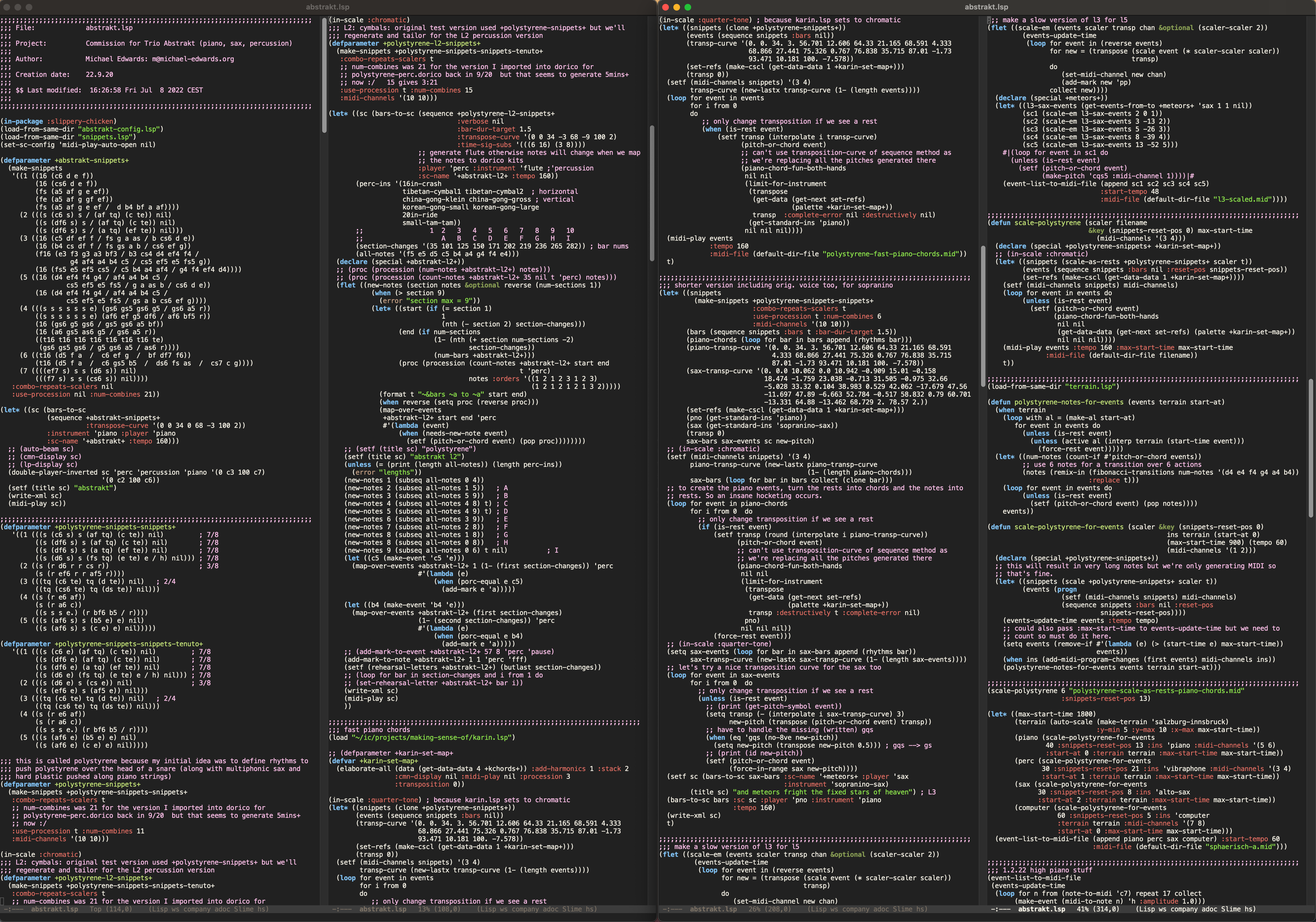
in competence: algorithms
Anyone who knows my work can guess that in competence was substantially made with my slippery chicken algorithmic composition software. A lot of free-form editing and development of score materials were made in Dorico. The 5th-order Ambisonics sound files were made, collated, and mixed in Reaper using IEM’s plugins. My image-to-sound algorithms were the main new…
-
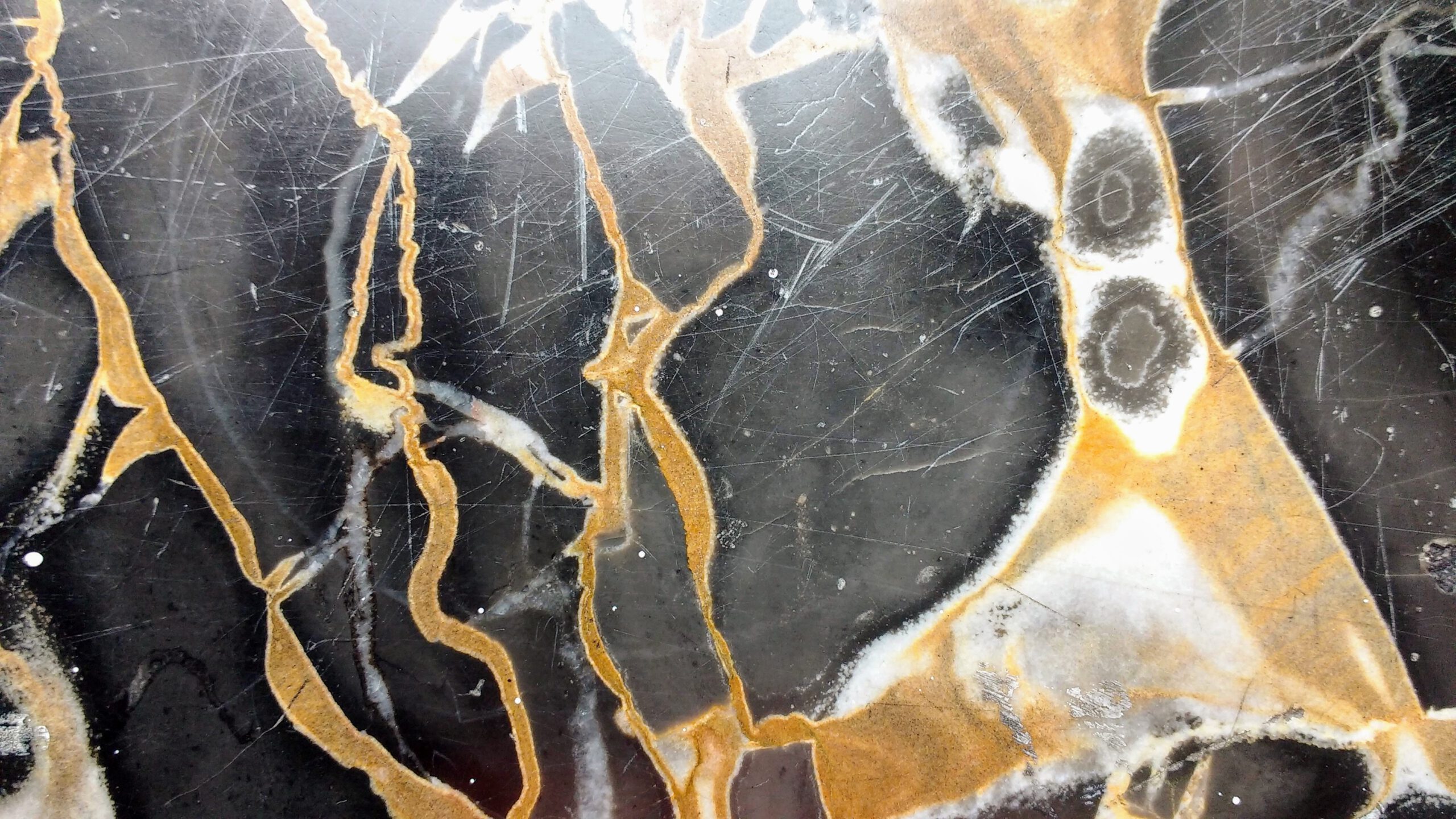
gold im bach
The title gold im bach arose from a discussion I had with Karin Schistek during a trip in summer 2019 to Camogli, near Genoa, Italy. I had made a mock-up of this new piece with my algorithmic composition software slippery chicken and we’d been listening to it in the background over a cheap bluetooth…
-
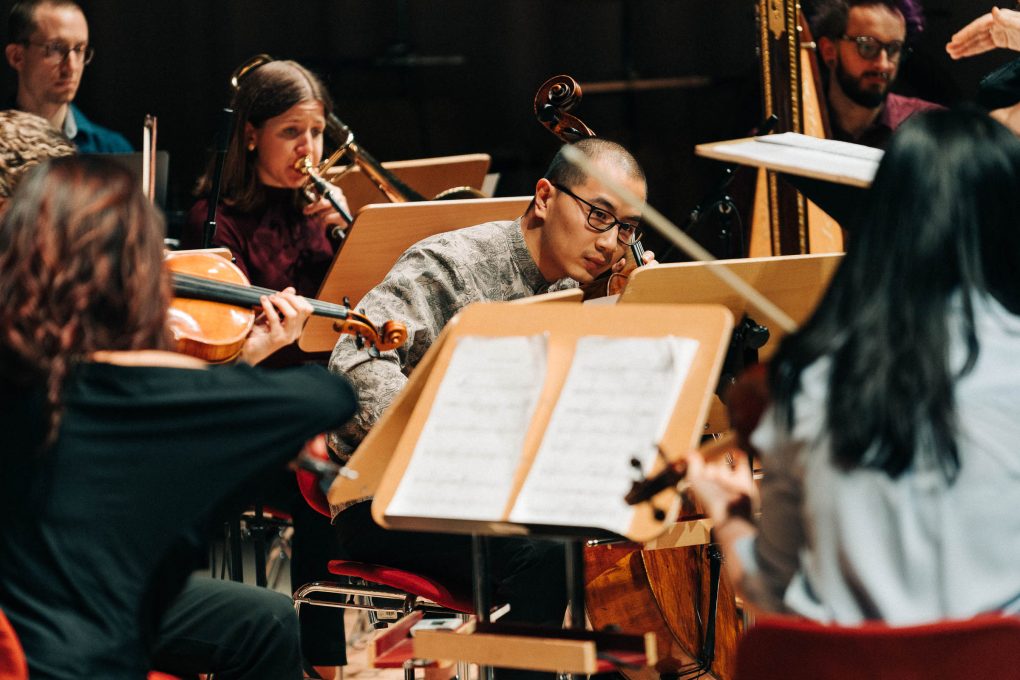
orchestration algorithm in
“days with glass edges”days with glass edges (chasing the butterflies in my wallpaper), for fifteen-piece ensemble and 4-channel electronics, was premiered at the NOW! Festival by the Folkwang Modern ensemble conducted by Eva Fodor in the Essen Philharmonic on October 26th 2019. A documentation recording is given above and here is a short pre-performance discussion with my…
-
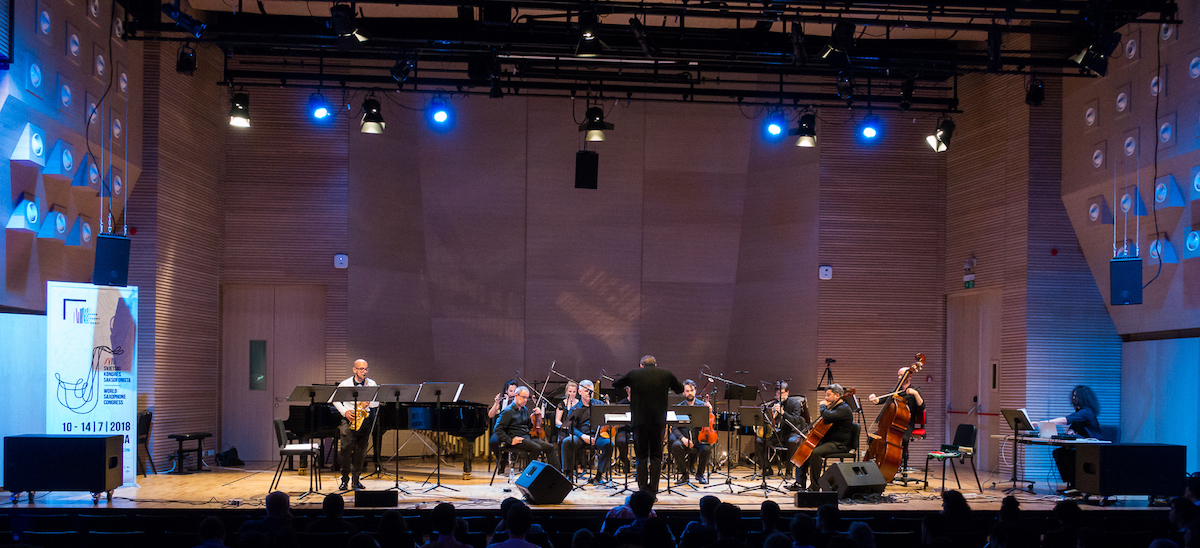
HOTPO
On July 12th 2018, Portuguese saxophonist Henrique Portovedo premiered HOTPO, my new piece for alto saxophone, ensemble, and electronics. The performance was part of the World Saxophone Congress and was given in Blagoje Bersa in Zagreb, Croatia. The Cantus Ensemble was conducted by new music saxophonist extraordinaire Lars Mlekusch. Here’s the programme note: Hinting at…
-

hyperboles 3 in Montreal
Quasar Quartet, Le Gesu, Montreal, Canada, 19/1/17: It was disappointingly warm in Montreal. I’d promised Martin temperatures of -20C and below (it reached -33C on my last trip) but it hovered around zero for the duration of our seven-day stay this time (reduced by a day due to cracks in our airplane’s windscreen—glad that happened…
-
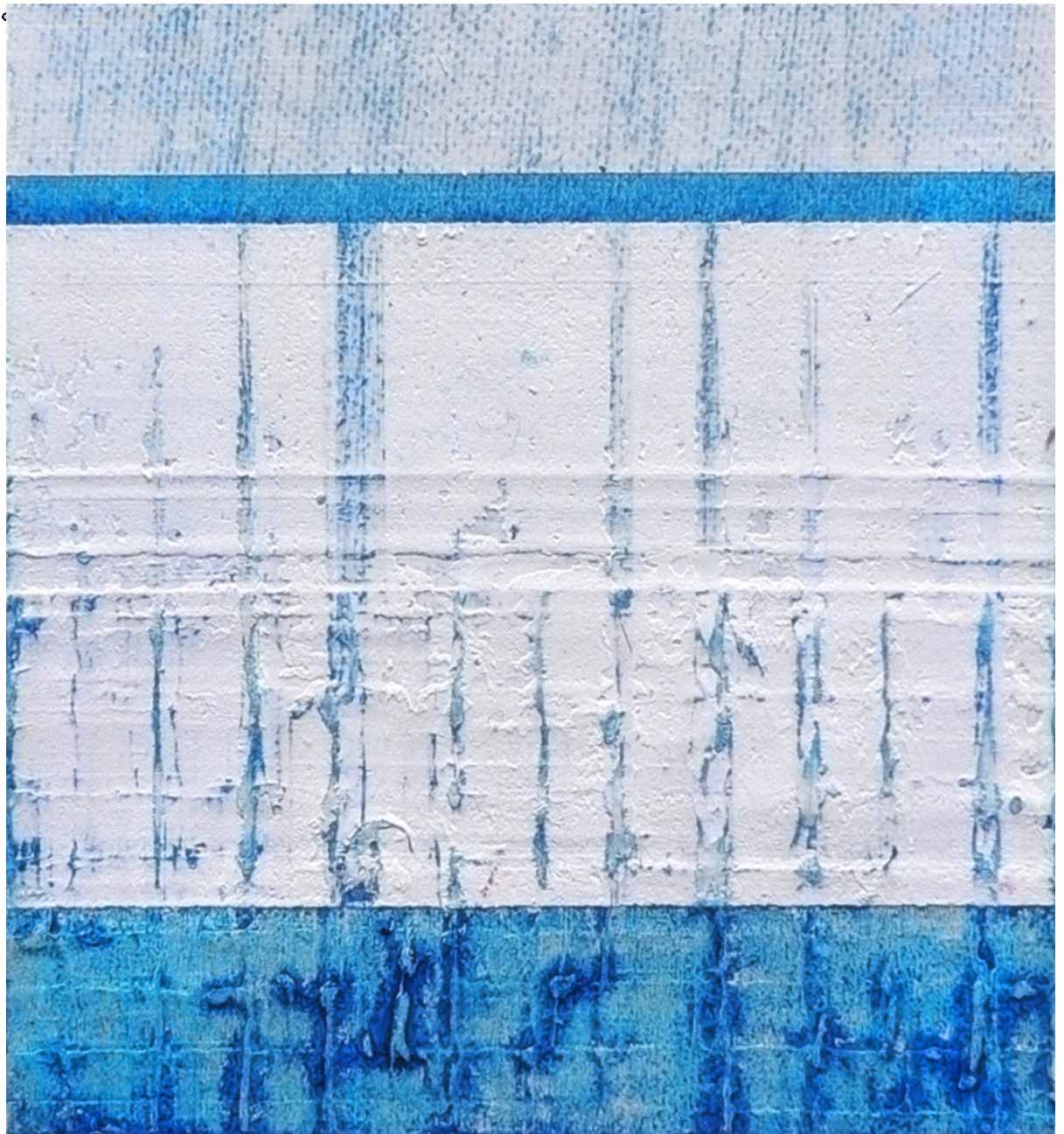
for rei as a doe: the making of the video: an online interview with the artists
Below is an interview I initiated online with the artists who made the above video to my algorithmic composition for rei as a doe. CI = Chante Inglis (animation) CL = Colin Lawson (painting) KS = Karin Schistek (piano) ME = Michael Edwards (composition) ME: What drew you to make a video to this music?…
-
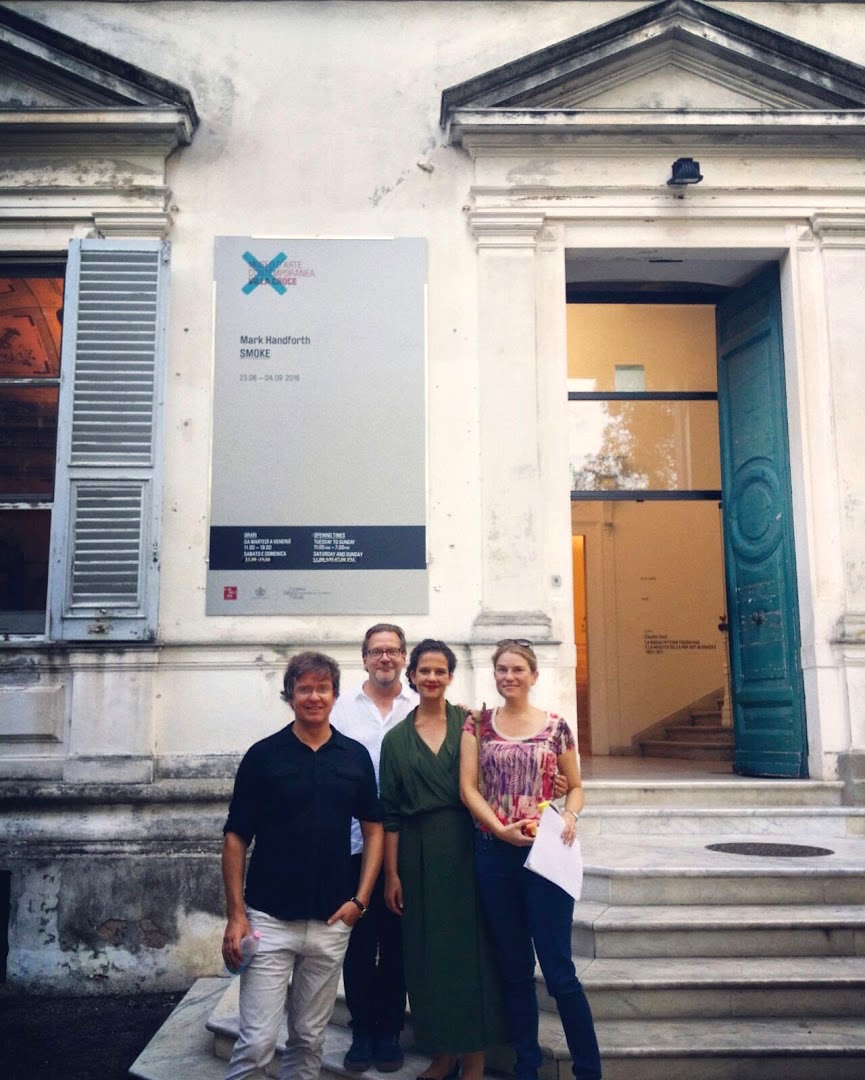
for rei as a doe, with video, in Genova
I’ve just returned from teaching algorithmic composition for a week at the Conservatorio Statale di Musica “Niccolò Paganini” in Genova, Italy. It was a pleasure to meet and work with Professor Roberto Doati’s composition class, as well as to play with some of them in a concert on September 7th that begain with a free improvisation for a group of…
-

Control Waves and Guest Professorship at the Folkwang University, Essen
I’m just coming to the end of my second week of teaching in the Institute for Computer Music and Electronic Media (ICEM) at the Folkwang University of the Arts in Essen, Germany. It’s a pleasure to be here, working with the dedicated and friendly students and staff. I’ll be a Guest Professor until the end of 2016 and…
-
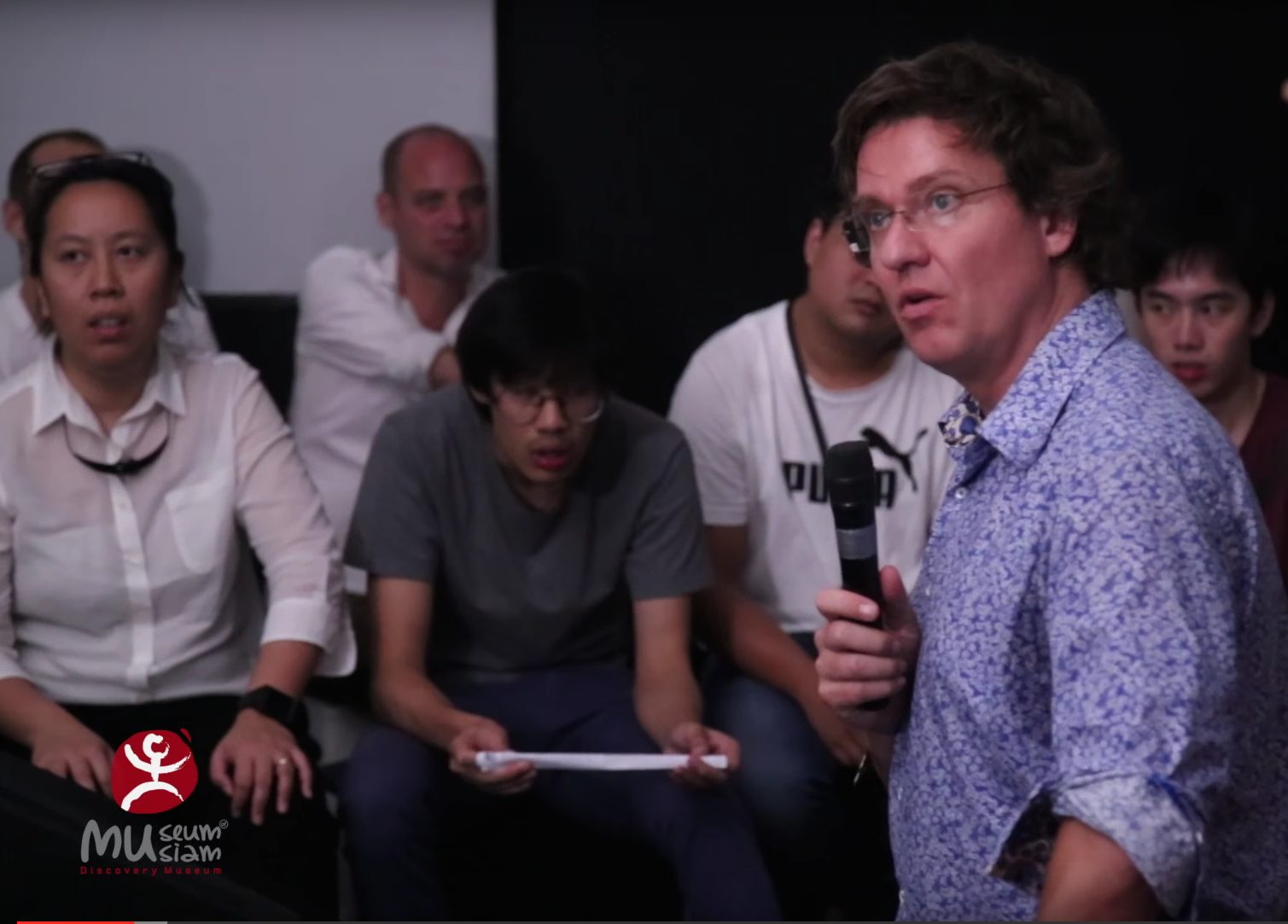
Bangkok Thoughts: post-concert Q&A
Whilst searching online forY/Our Music, Salee Art Every’s excellent film about Thai music, I stumbled across a complete recording of the post-concert question and answer session we did at Museum Siam on November 29th 2015, after the premiere of my jitterbug project. I’m always amazed at the concentrated and extended attention Thai audiences pay at events such as these.…
-

piano music and cross-staff notation
Anyone who has input a piano score into notation software knows that it’s not so easy as, say, creating a woodwind part. First of all there are chords, then you have two staves, on top of which you might have multiple parts per stave, and on top of that you might have groups of beamed…
-
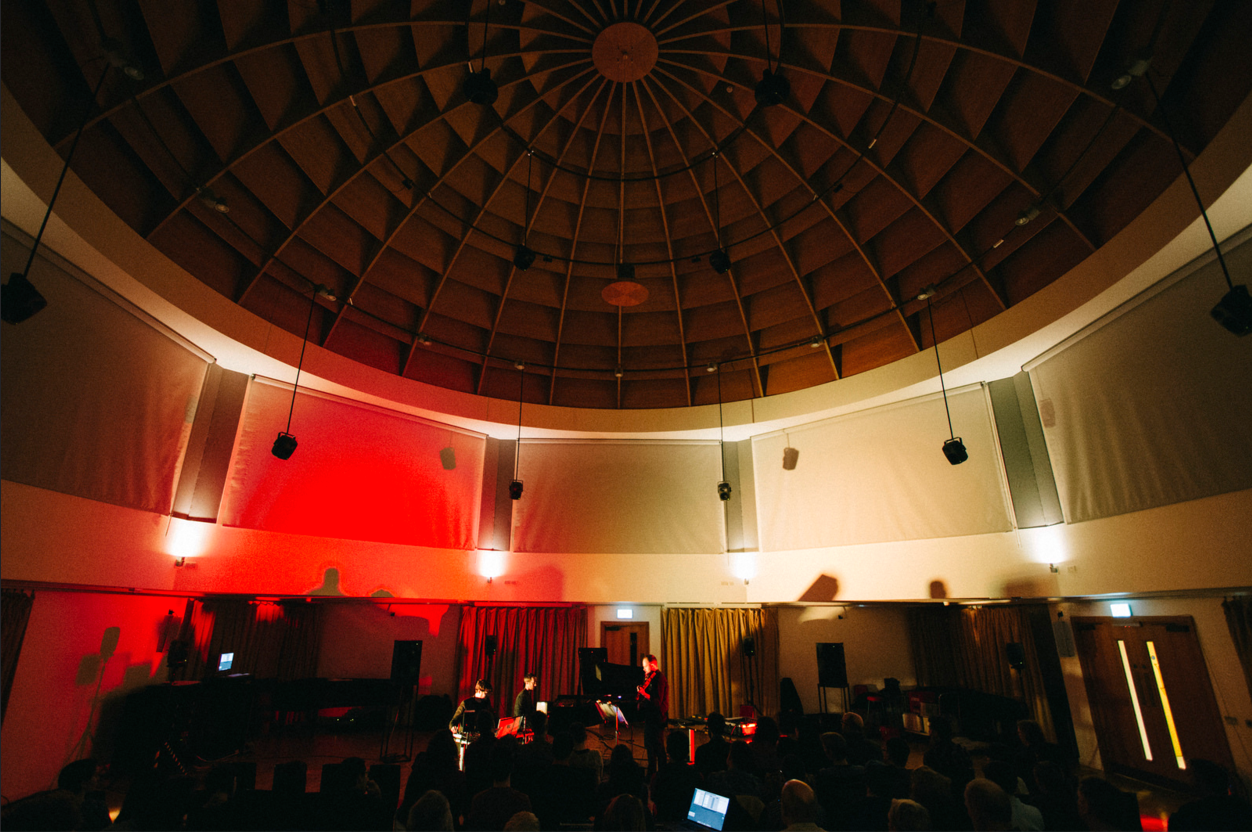
premiere of hyperboles 5, Birmingham
Ellen Fallowfield and I outed the latest version of my hyperboles project last weekend at the Crosscurrents Festival in Birmingham. After two days of intense rehearsals and development it was a real pleasure to play in the Dome of the Bramall Music Building. Scott Wilson and Annie Mahtani’s team are continuing and developing the Birmingham Electroacoustic Sound Theatre tradition…
-
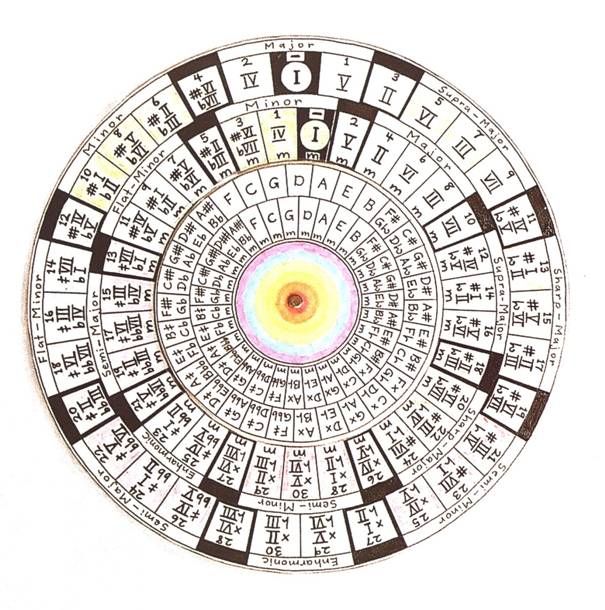
using auto-sequence to order chords: part 1
slippery chicken’s automatic chord sequencing algorithm creates an ordering for a set-palette’s sets (or chords) based on user-given dissonance and spectral centroid envelopes. The terms set and chord here will be used interchangeably to mean essentially the same thing (a collection of pitches to be used harmonically), though in both music theory and in slippery…
-

using auto-sequence to order chords: part 2
Back to part 1 auto-sequence examples and analysis The following examples process a set-palette created from a harmonic reduction by Emilios Cambouropoulos of Messiaen’s Quartet for the End of Time (Quartet VII).* The examples intermingle explanations of Common Lisp code and print statements with music notation output created directly from calls to slippery chicken’s Common Music Notation…
-
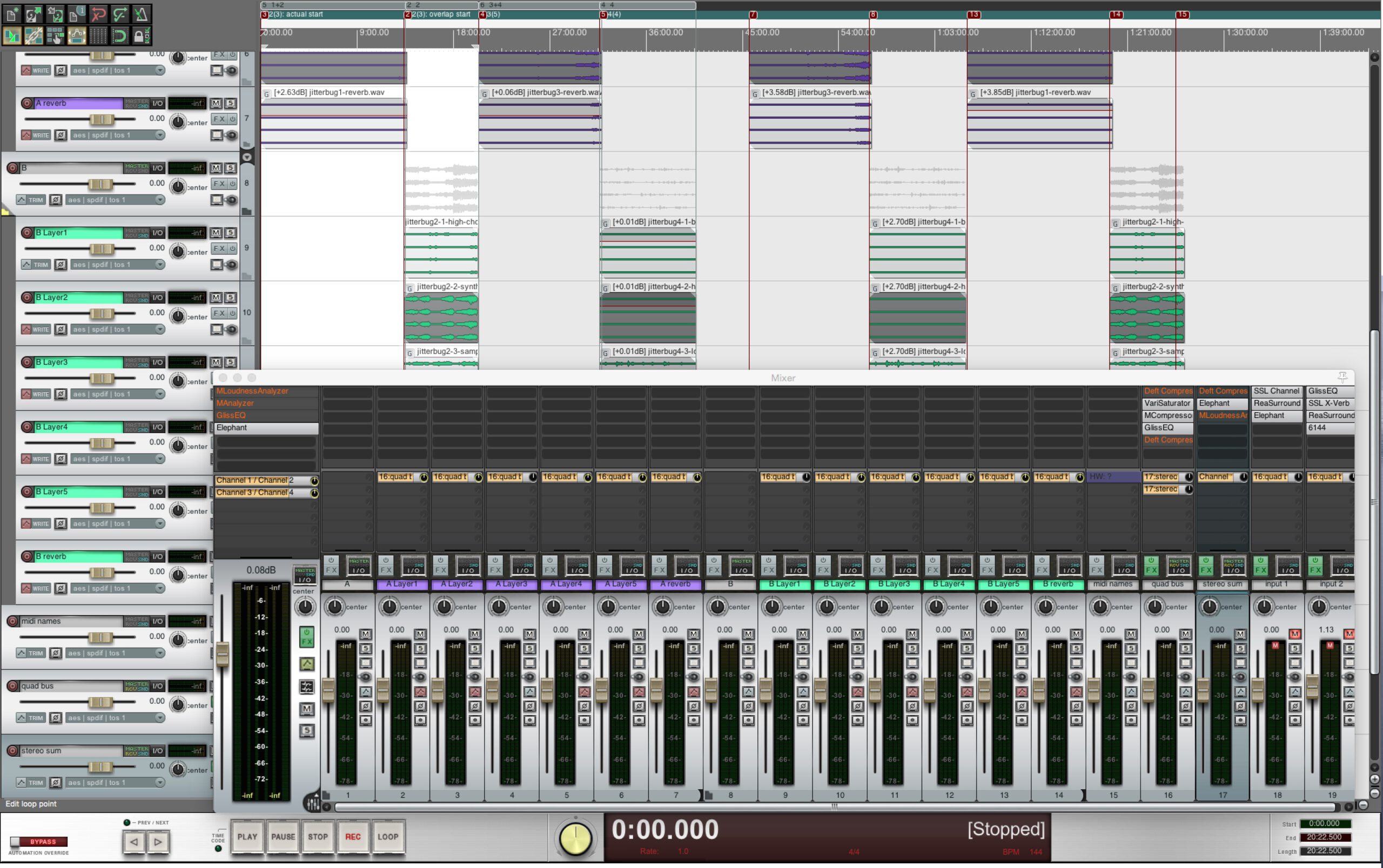
The use of Reaper and MIRA in jitterbug
jitterbug is a four-movement four-channel work/album for computer, with or without improvising musicians. It is documented more generally but in detail in another blog post. Here I’m going to concentrate on some aspects of the use of Reaper in both the production and performance of this 40-minute work. I’m turning to Reaper more and more…
-
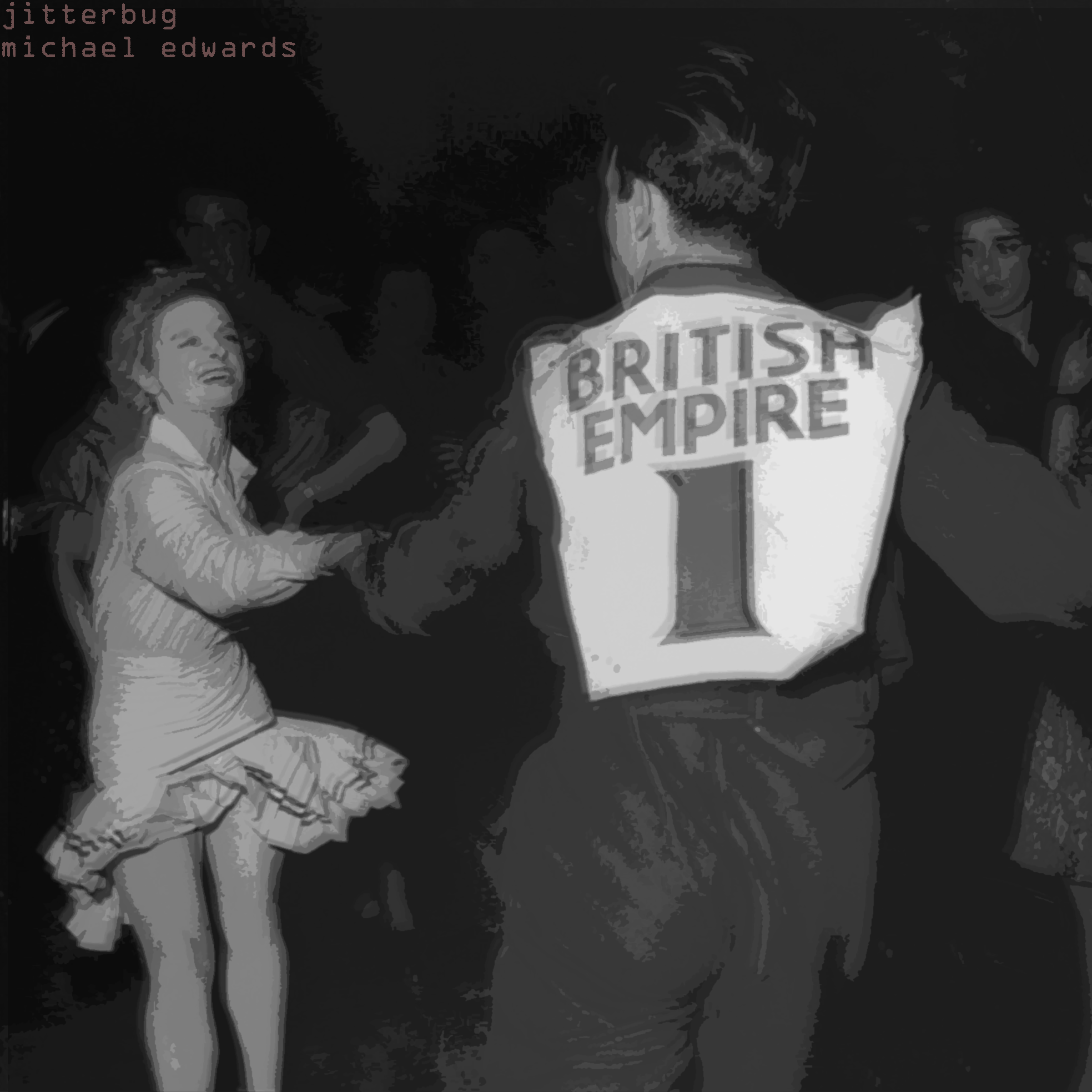
jitterbug
(aka four views of a rhythmic-structural procedure based on iterated proportions of 6:3:5:4) jitterbug is a four-movement four-channel work/album for computer, with or without improvising musicians. It was created with my slippery chicken algorithmic composition software and premiered at Museum Siam, Bangkok, on November 29th 2015 as part of the As((ear))n exhibition of…
-
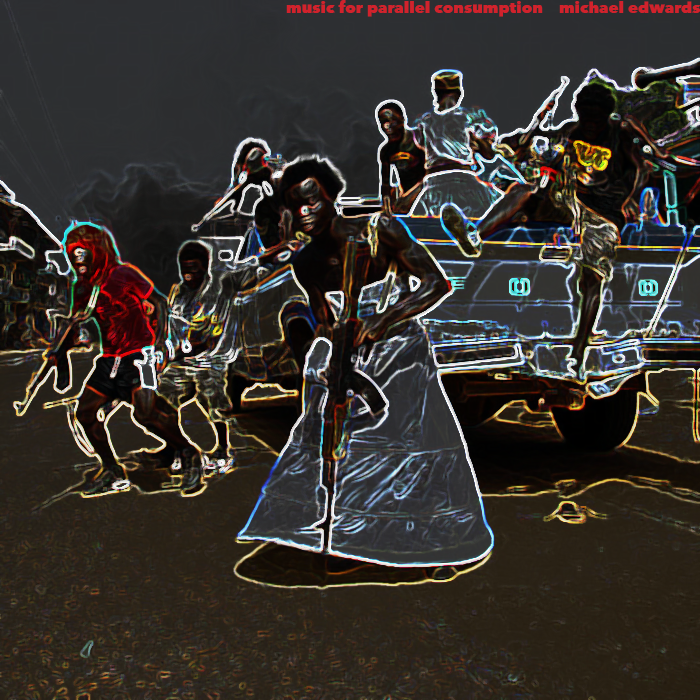
Music for Parallel Consumption: An open-ended self-reconfiguring musical composition as app
Composed in 2010 but not released until some final polish was applied in 2015, Music for Parallel Consumption is a 4-channel digital composition made for delivery and playback via a custom computer app. The title refers only partially ironically to the tendency to consume music as part of a backdrop to our otherwise-engaged lives. At the same time as offering…
-
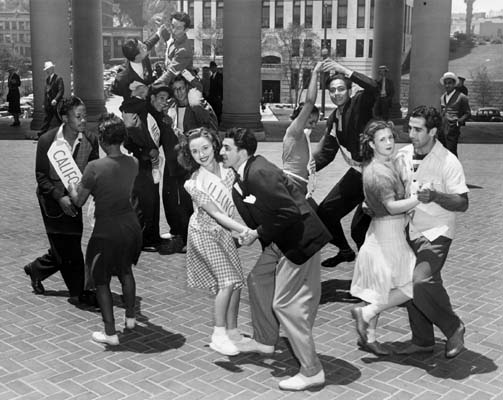
Keep it Simple: Complex Rhythmic Notation in Common Lisp
No, this isn’t a polemic against complex rhythmic notation or the New Complexity. Since the 80s I’ve been a fan of such music, even if as a composer I don’t generally employ its techniques. Most of the arguments against “impenetrable” rhythmic complexity have been demolished by the simple passage of time coupled with a continued interest in…
-

Music for Parallel Consumption
Update, January 2016: This project has now been released on bandcamp It’s a lovely word but a little overused by self-help and marketing gurus: serendipity. Those familiar with talks on my slippery chicken algorithmic composition software are no doubt aware of the claims I make for the explorative potential of such systems. I argue…
-
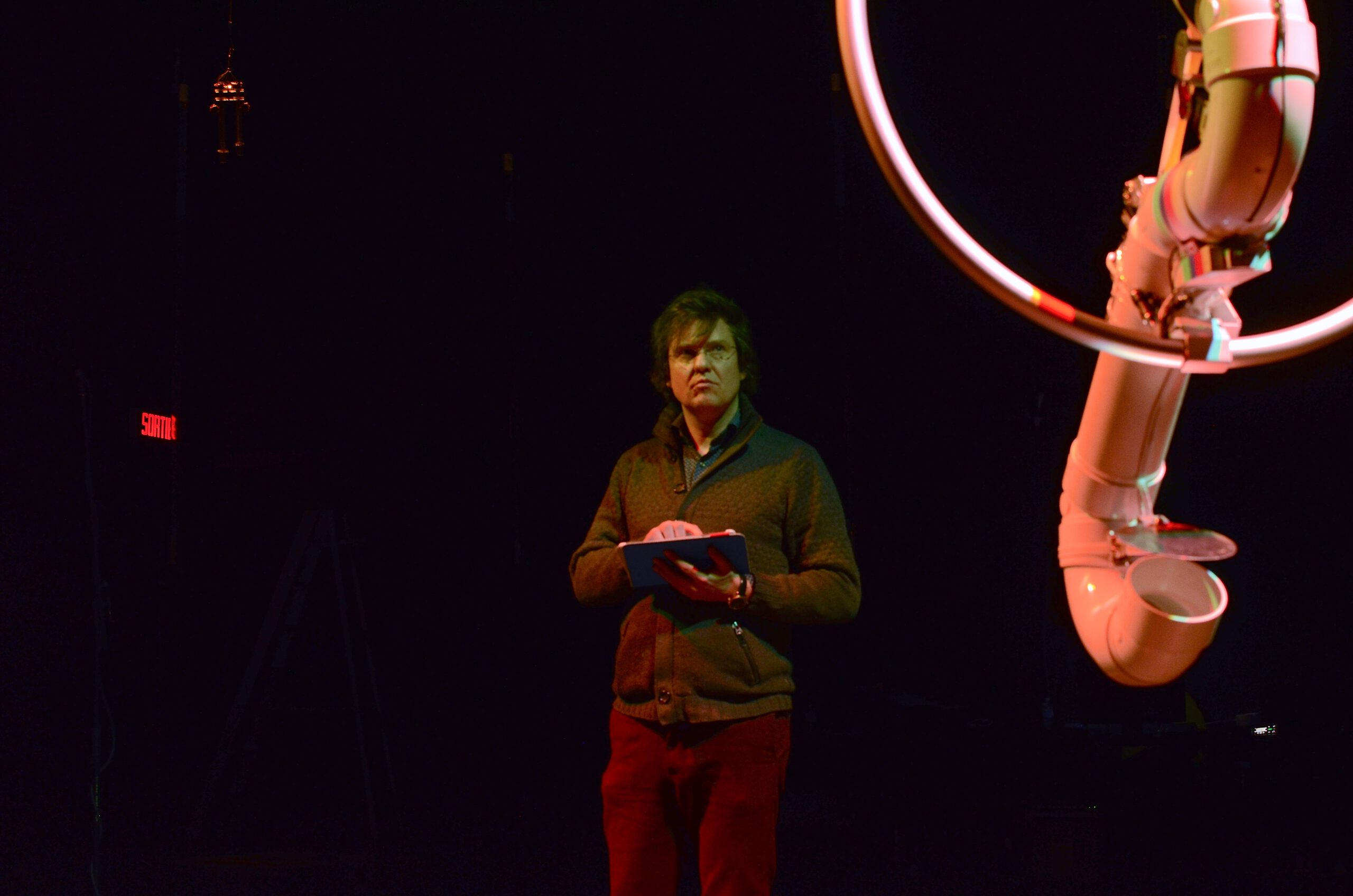
hyperboles 4 – the extremities of cold, Montreal
My hyperboles project saw a new iteration in Quebec last month. Performances of hyperboles 4 (“insomniac rain”) took place in Canada, on February 25th courtesy of the festival Mois Multi 2015 – Spectacles in Quebec City, and on March 1st at the Montreal Nouvelles Musiques festival. Programme Note Humans exaggerate on a regular basis. Typical hyperboles might be “this…
-

The mNAP sound installation
Experiencing this sound installation involves stepping into a custom-built soundproofed box (the mNAP) and listening to the twelve-minute piece I made on stereo headphones. Simple feedback on the piece can made by participants via a custom iPad interface I programmed using MaxMSP and the Mira app. The audio file that mNAP participants hear inside the box…
-
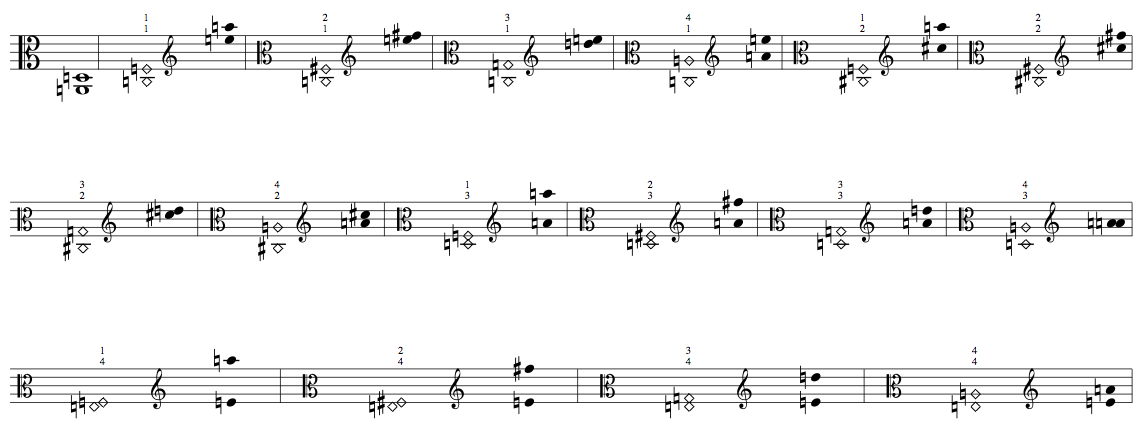
Lisp Code to generate double harmonics
In response to Russell Snyder’s request for my code to generate double harmonics (natural) on the viola d’amore, I’ve abstracted the following from my piece 24-7: freedom fried. This was written for Garth Knox on the viola d’amore and was featured on a 2010 Wergo DVD. Here’s an extract: Apologies for the light commenting only…
-
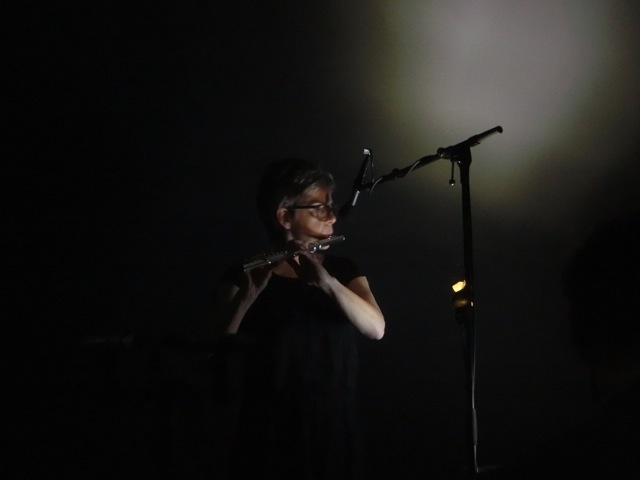
hyperboles are the worst thing ever
(aka Epimenides would have been gutted)
AmsterdamSince August 2013 I’ve been working on hyperboles, a series of pieces that allow musicians to tweak the algorithm parameters that are used to generate the work’s score, sound files, and real-time processing. A software interface allows the creation of different versions of the piece with durations ranging from c. 15 to 52 minutes. It’s an invitation…
-

for rei as a doe
My 40-minute algorithmic composition for piano and computer came out on the Aural Terrains label this month. Rei Nakamura premiered it in London (partial version) and Stockholm (complete version) in 2012. Karin Schistek played it in Bangkok, Trento (Italy), and Edinburgh before we took to the Reid Studio to record it on March 3rd 2013. Booklet text…
-
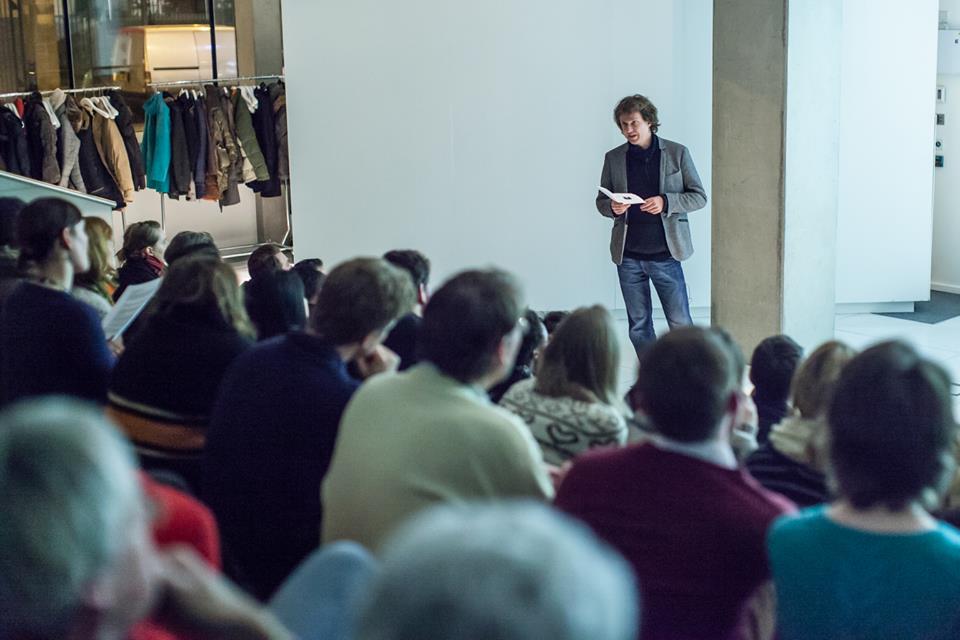
PechaKucha talk
On December 6th 2013, along with some colleagues and old students, I contributed to a PechaKucha evening in Edinburgh devoted to New Music. The 20x20second slide format is a challenge. I wanted to get in as much about my algorithmic composition work as possible, so I scripted it, against my better instincts and the advice of…
-
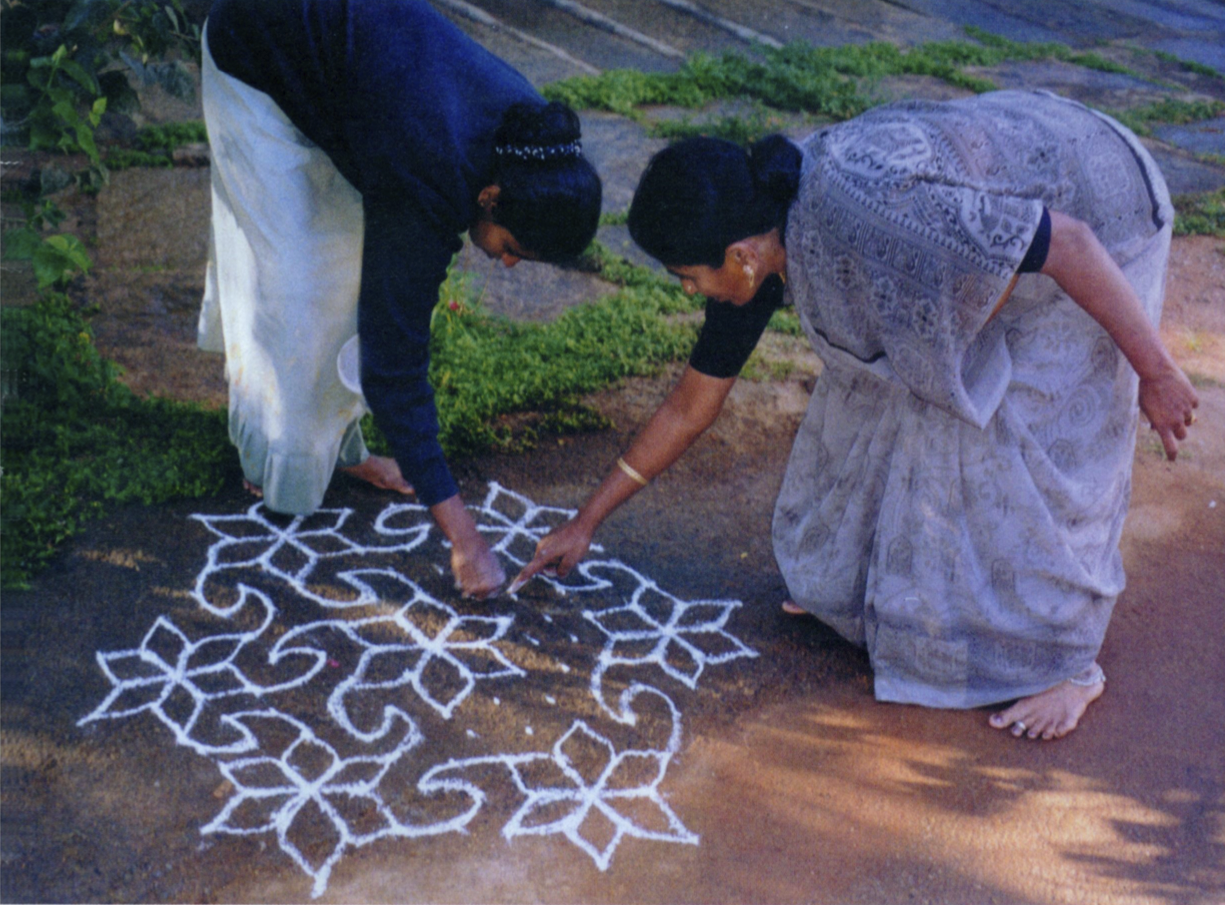
Kolam
The self-similar properties of visual patterns generated by Lindenmayer-Systems can be apprehended holistically almost instantaneously. Even simple rules can generate pleasing patterns of the sort you might see on cloth or as the Kolam figures drawn in front of southeast Indian houses. One of the problems of rendering Lindenmayer-Sequences in a musi-linear form is that…
-
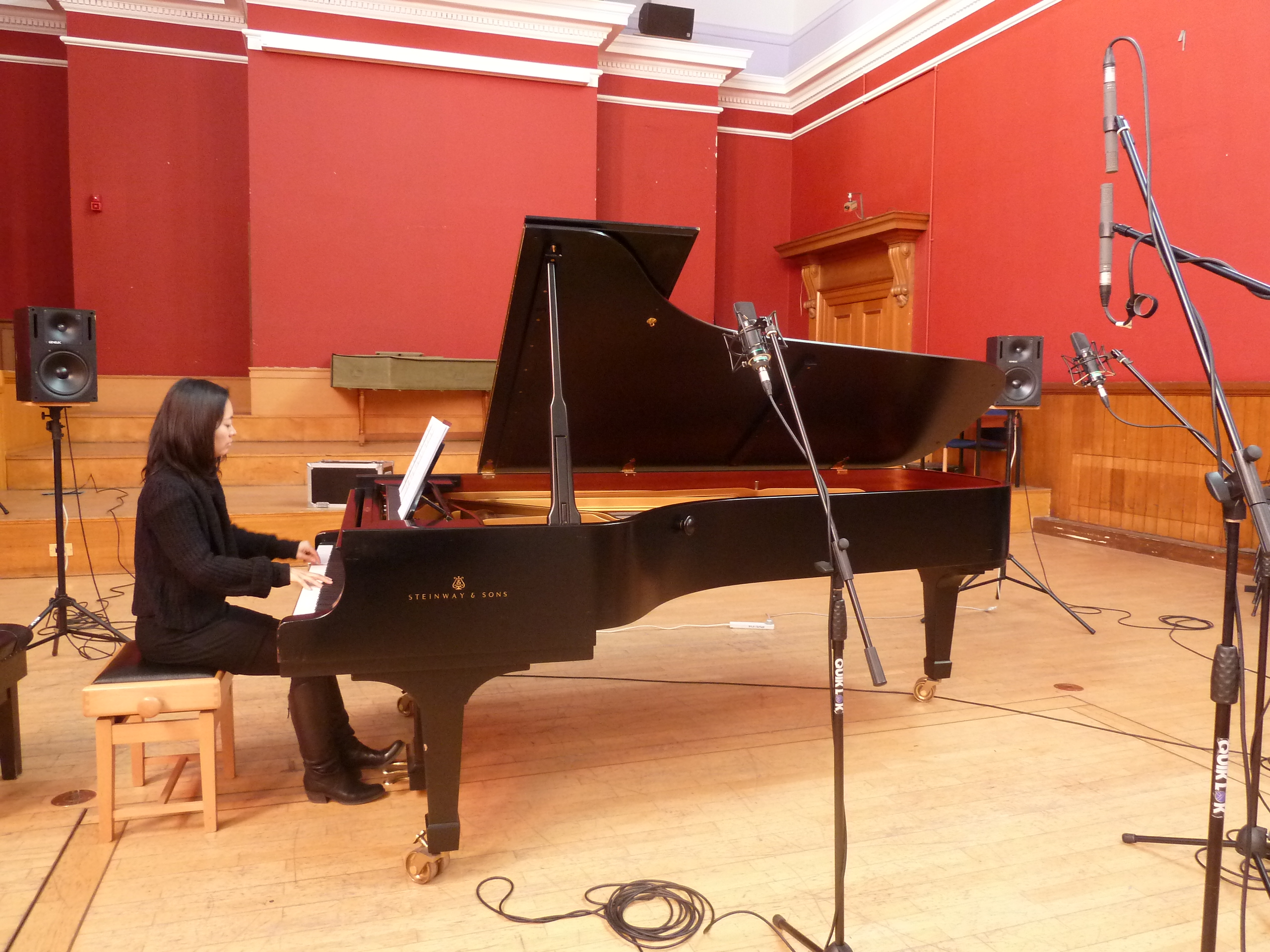
Bad Alchemy review of slippery chicken
Rigobert Dittmann’s Bad Alchemy 75/12 review of my slippery chicken release has to be the best I’ve every received. Not because it’s the most flattering, but because the writing style is both hilarious and somehow deeply evocative of the music. Immediately below is the original text; it’s followed by my translation of the German. MICHAEL EDWARDS Algorithmic…
-

slippery chicken recordings
A multi-format, surround and stereo recording of five of my compositions made with slippery chicken is now available for order or download. Made possible by a grant from the AHRC, the recording accompanies the open-source release of my algorithmic composition software and includes liner notes in a beautiful poster-style print made by Timothy Donaldson. Liner notes below. slippery chicken…
-
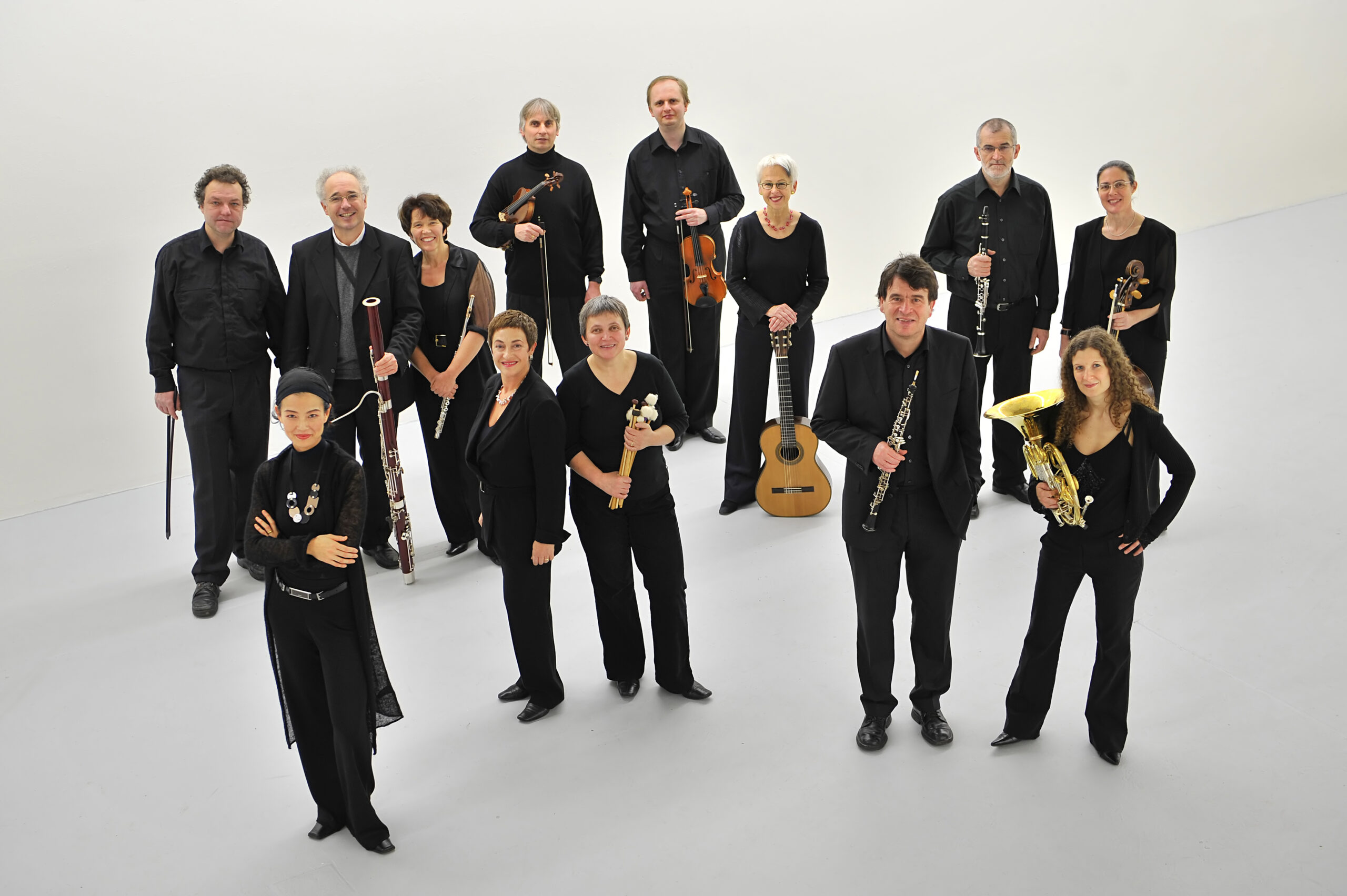
you are coming into us who cannot withstand you, Freiburg
For Ensemble Aventure, Freiburg, Germany. The title of this piece is taken from the poem “Final Notions” by Adrienne Rich (1929-): It will not be simple, it will not take long It will take little time, it will take all your thought It will take all your heart, it will take all your breath It…
-
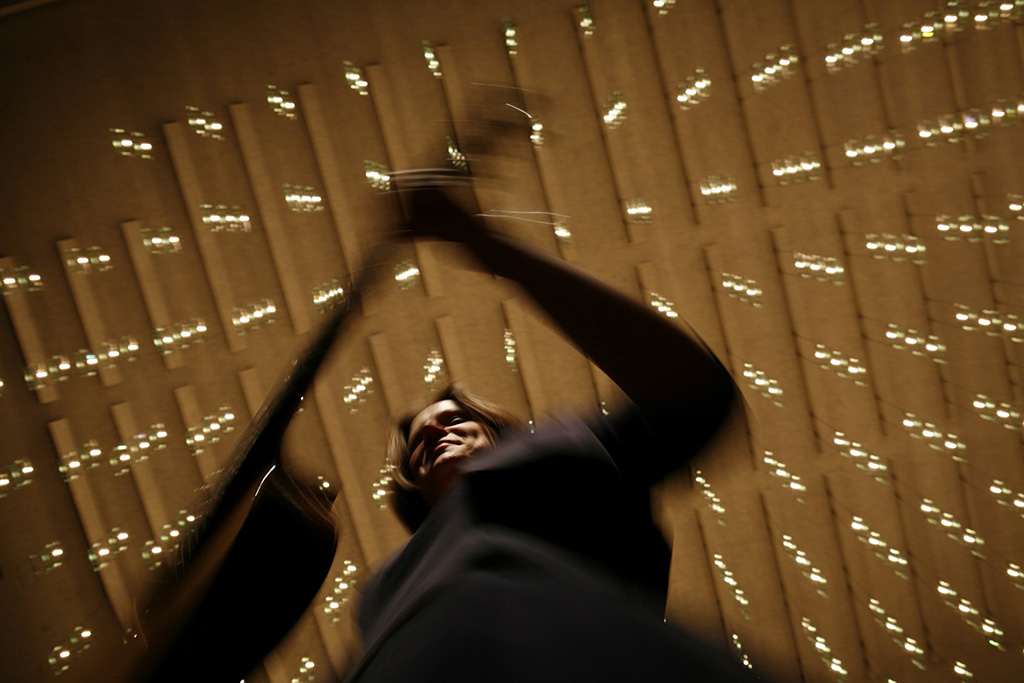
don’t flinch
Essentially, “don’t flinch” for guitar and computer is a three-part mensural canon, but similar to late Mediaeval and Renaissance isorhythmic techniques, melodic material is repeated along with a rhythmic sequence of differing length. This is one of the simplest algorithms for a piece I’ve ever written, so I thought it would make a good candidate…
-
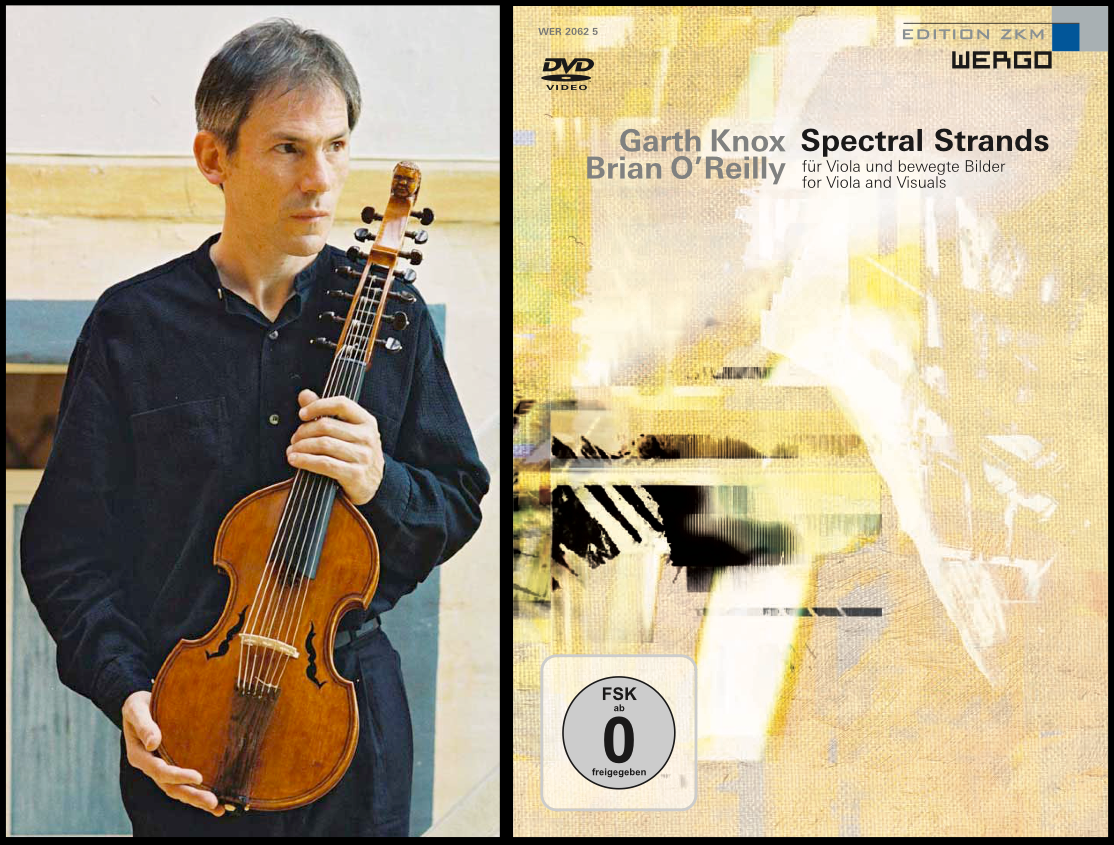
5.0 mastering with the TC System 6000
To get to know the various dynamics, EQ, and reverb effects on the TC System 6000 I tried a mastering session with the 5.0 mix files of my piece 24/7: freedom fried for viola d’amore and computer. This was recorded in September 2006 at ZKM Karlsruhe, Germany, by Garth Knox. It was (is?) to be…
